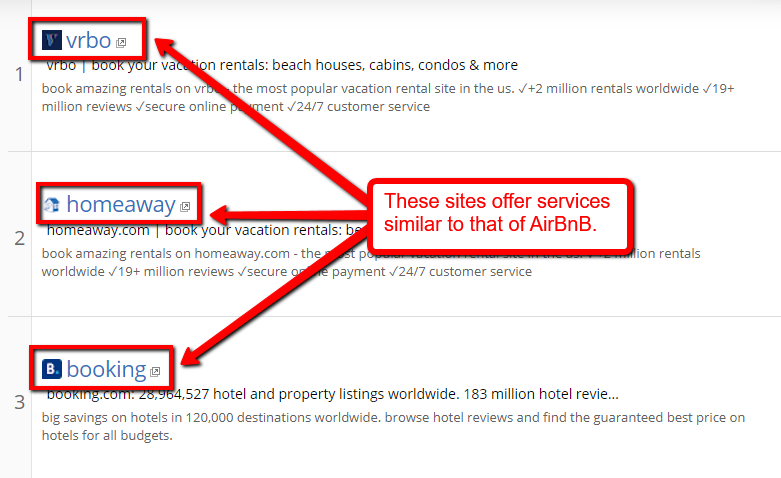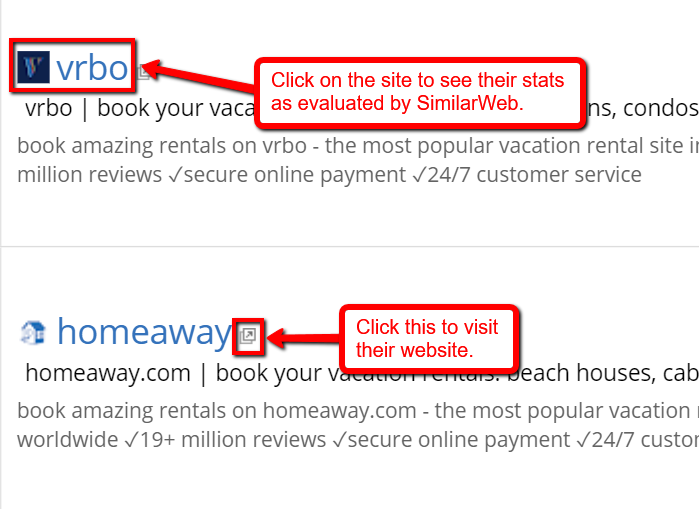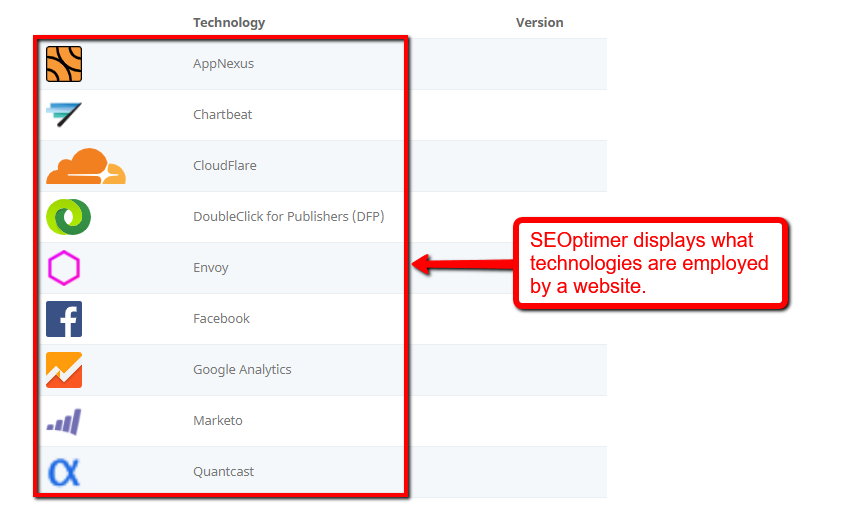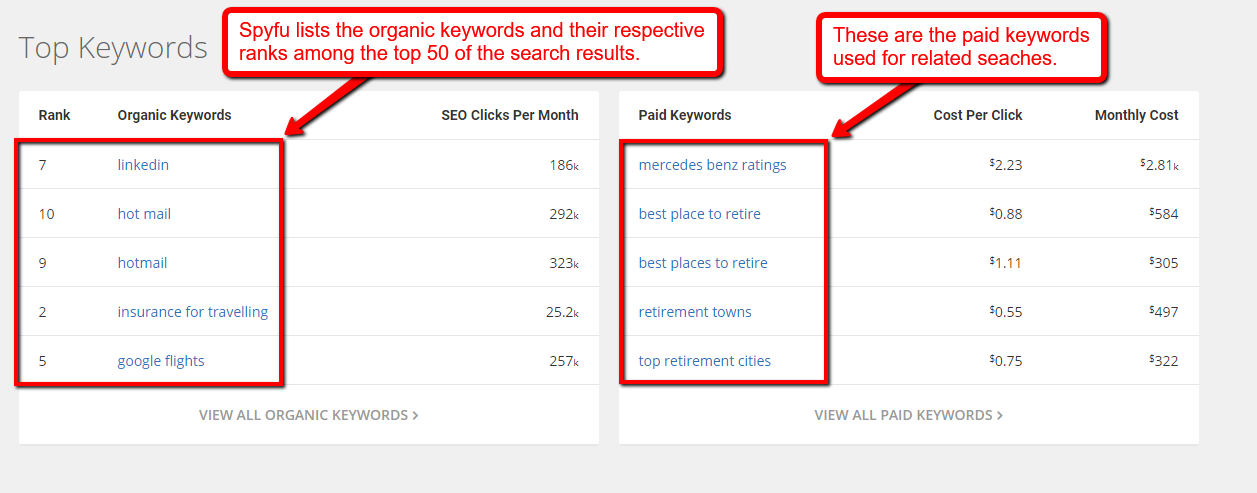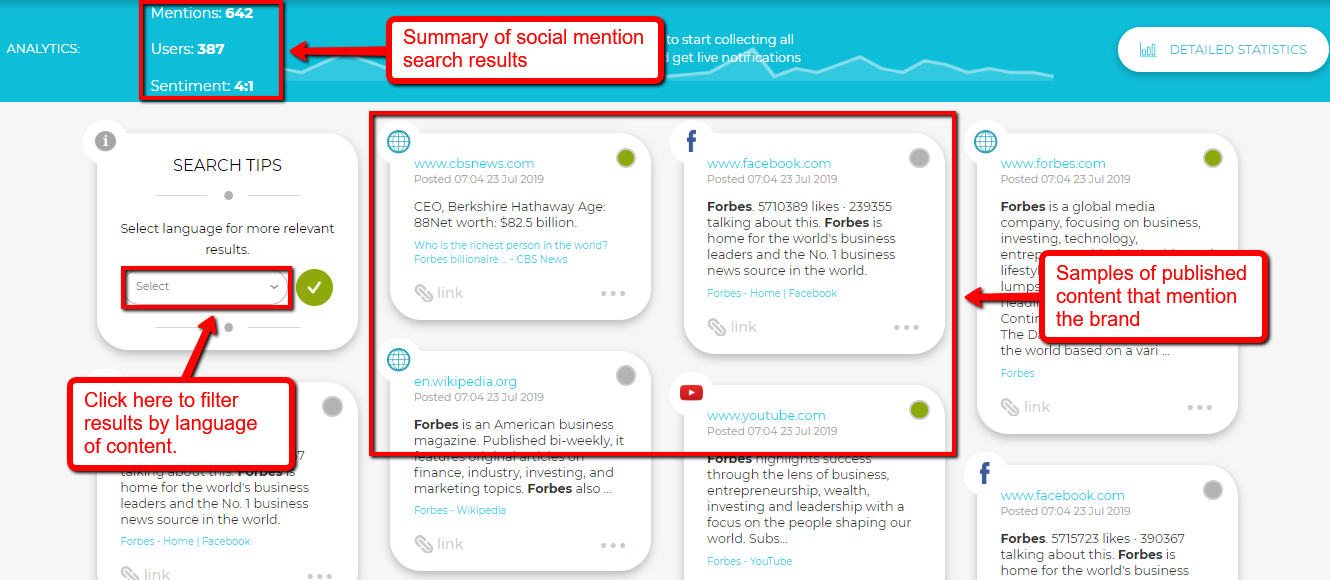You don’t have to hate your competitors.
Instead of seeing them as people who can take away business from you, know that they can do the opposite, as well.
Yup. That’s right…
…your competitors can help drum up more business for you. You can do this by studying their online profiles and digital marketing methods.
If you know how to do competitor research, not only will you be able to come up with marketing strategies and brand positioning that can resound with your audience, but you can very well increase your number of sales.
Are you looking to do just that?
Do you want to generate more sales or close more deals?
If you answered with a “yes,” then this guide is for you.
Allow me to share with you how to identify your competitors and how you can learn from their marketing strategies.
Find your competitors.
First thing’s first, you need to find your competitors.
In general, there are two types of competitors:
Direct competitors. Those who are offering the same products or services that you’re offering.
Indirect competitors. Those who aren’t offering the same products that you’re offering, but are satisfying the same customer needs that your products are addressing.
While you can name a few of your competitors, you can further widen your knowledge of who they are by finding them on the internet.
To know who your competitors are, you can use online tools like SimilarSites.
Start by typing in your website and the tool will show you other sites that are offering the same products or services as you are.
As an example, I typed in “Airbnb.com.” Here are the results:
It showed sites like Vrbo, HomeAway, Booking.com, and many more.
To know more about a competitor site, click on it, and you can view statistics about their performance. These statistics are powered by SimilarWeb, a tool used for analyzing sites.
You can also click on the small arrow beside the website name. The arrow will direct you to the site’s homepage.
To make searching even easier, you can download the tool’s extension on your browser. Once installed, you can directly search for sites similar to the one you’re currently on.
Uncover the technology they’re using.
In the Technology section, SEOptimer lists some technologies or tools your competitor uses in their website, as seen below:
Uncovering the technologies they use — and what they are for — benefits you when studying your competitor’s marketing schemes.
You get a clue of what matters to them, what they’re aiming for, and how much investment they put on what purpose and kind of technology.
If they are mostly focused on converting potential customers and ensuring their customers stay with them, you may see in the list plug-ins for email marketing, forms, pop-ups, and a lot more.
For instance, when you notice that they have stunning email newsletters, you can take a look if they’re using MailChimp, GetResponse, or any other related tools.
You can ascertain (to some extent) how effectively the tools worked for them, if they can function well for you, or if you can find similar and better technologies.
Uncovering these tools also allows you to see if these had any impact on their website performance.
For instance, if your competitor uses Cloudflare and you find their website loads fast, you can infer that the technology has helped them achieve that quality.
Putting together all the tools they use, you can then map out how they run their website and use them to strengthen their marketing strategies.
However, implementing the technology that your competitors are using successfully can require time, energy, and expertise.
If you don’t have an in-house team to make this happen for you or don’t have the time and energy to do it yourself, you might want to consider investing in managed IT services for 2020.
Doing so helps ensure you get the technology you need and work with highly-skilled experts without exhausting all your resources.
Study their SEO performance.
Besides the website aspects mentioned earlier, SEOptimer shows you in a (slightly technical) nutshell how your competitor’s SEO and content are.
However, if you want more details about their keywords, use Spyfu. It is primarily meant for competitor keyword research, so you extract more information and insight from it.
With “forbes.com” as the same example, Spyfu generated these results:
Spyfu shows you an extensive overview of the monthly performance of the website’s targeted keywords, both paid and organic.
When studying the results, take note of the number of organic keywords that your competitor ranked for.
Notice the number of shared keywords targeted by their respective competitors as well. Knowing so helps you find ways to come up with better keywords to target.
Compare as well how their organic and paid keyword rank performances are and which campaign have more ranked keywords? Consider their implication on what your competitors’ SEO strategies are.
As you scroll down, you will also find the top organic and paid keywords they ranked for, as presented in this screenshot below:
Identifying the targeted keywords and studying them will help you create an SEO strategy that can outrank that of your competitor.
Spyfu will also show you other information on inbound links, their competitors, shared keywords, ranking history, Adwords history, and recommendations, among others.
Inspect their social media visibility.
An excellent way to find your competitors is through social media platforms.
Through social networks, you can see the kind of marketing strategies your competitors are using — including how to get amazing PR with influencer marketing.
With SEOptimer, you can also inspect how visible your competitor is on social media.
The tool reveals what apps or networking sites they participate in and how many followers they have, like so:
SEOptimer also tells you if your competitor has a low or high level of social sharing — that is, the number of times their users share their content on social media.
You must inspect your competitor’s social media visibility so you can also market actively to your customers in those networking sites.
To learn about social media posts where users mention your competitor’s brand, use a free tool called Social Searcher.
Type in the name of the brand in their search box on the tool’s homepage, and you will see results like these:
Social Searcher will show you posts that published on websites or social networking sites.
It even allows you to find content according to a specific language.
You can also visit their social media profiles to see more of the kind of content and ads they publish.
Additionally, you can take a look at the kind of strategies your competitors use to boost their social media visibility.
For example, you can find out if your competitors optimize conversions with live chat on their Facebook page.
This way, you can get insights as to whether or not using live chats – aside from improving your customer service – is a good approach for your brand visibility.
Your Turn!
Instead of loathing the fact that you have competitors in your industry, why not turn the situation to your advantage.
Why not learn about their most effective marketing strategies, their brand positioning, their pricing model, etc.
If you follow the strategies we detailed above, not only will be saved from the burden of having to come up with your marketing strategies from scratch, but you’ll even be able to cut costs on doing needless experiments on where to market and how you’ll market your services — you can just learn from your competitors’ mistakes.
If there are strategies, questions, or ideas that you’d like to share for doing competitor research, feel free to add them in the comments section below.
Image: Pexels


